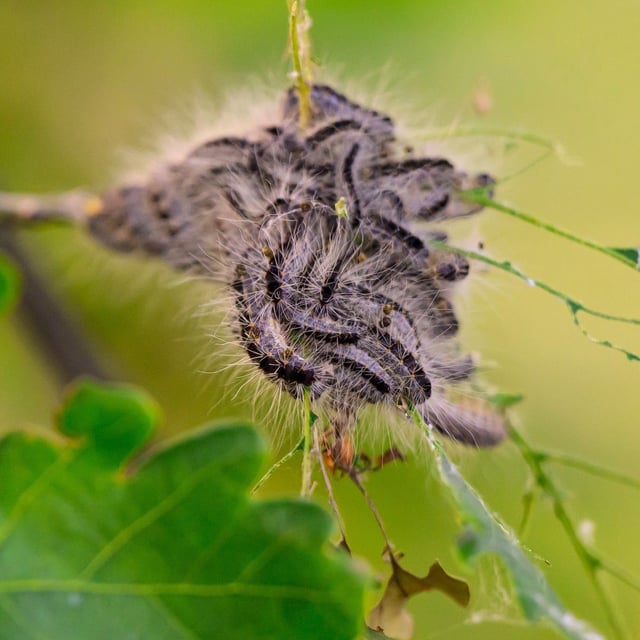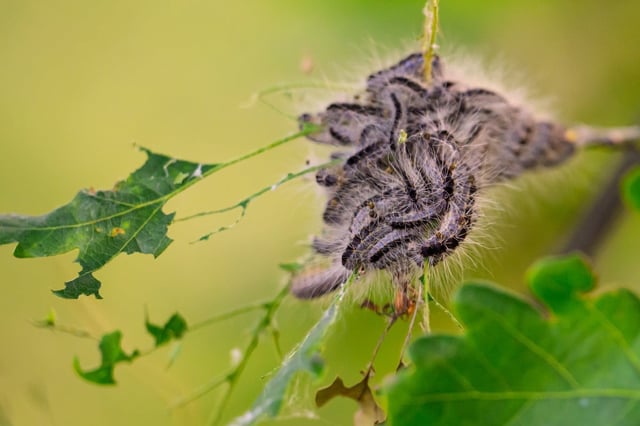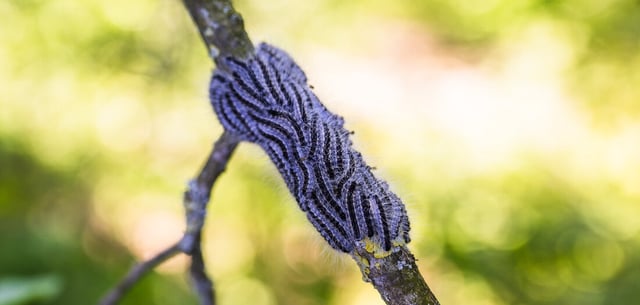Overview
- The caterpillar’s microscopic hairs contain a toxin called Thaumetopoein that can trigger severe itching, swelling, eye irritation and asthma episodes
- Since the mid-1990s the species has steadily expanded northward and is now confirmed in all federal states including Saxony
- Adult moths deposit eggs on solitary oak trees from July to September and larvae hatch in April to feed at night in communal silk nests
- Health authorities warn that airborne bristles pose a greater public health risk than the defoliation damage to trees
- Regional agencies are spraying parasitic nematodes after dusk to eliminate up to 90 percent of caterpillars without harming people or the environment


